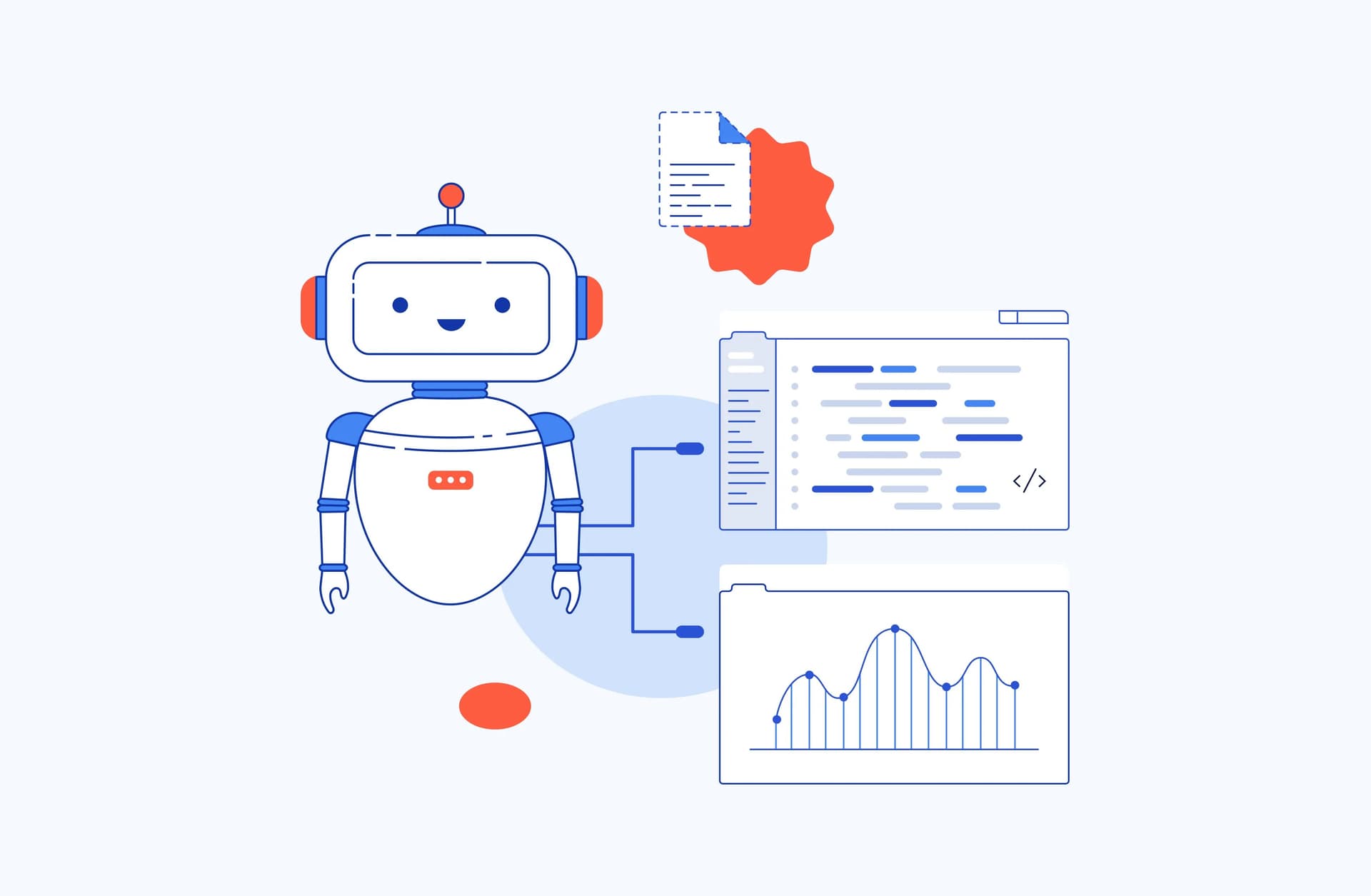
Web development is evolving faster than ever, driven by AI, new frameworks, and shifting user demands. Here’s what the future holds for developers and businesses: 1. AI-Powered Development GitHub Copilot & Beyond: AI tools now write code, debug, and optimize performance. Soon, developers will work alongside AI pair programmers. No-Code/Low-Code Dominance: Platforms like Webflow and Bubble enable faster development, reducing the need for traditional coding. 2. New Programming Languages Rust: Gaining traction for its speed and memory safety, replacing C++ in web assembly (WASM). Zig & Go: Efficient alternatives for backend systems. TypeScript Continues to Rise: More companies adopt it for scalable frontend and backend development. 3. The Rise of Edge Computing Instead of relying on centralized servers, edge computing processes data closer to users, reducing latency. Frameworks like Deno and Cloudflare Workers make edge-first development easier. 4. Web3 & Decentralized Apps (DApps) Blockchain-based apps are reshaping the web: Smart contracts (Solidity) enable trustless transactions. IPFS & Arweave replace traditional hosting with decentralized storage. 5. The Future of Frontend React & Next.js Remain King: Server components and partial hydration improve performance. HTMX Challenges JavaScript: A simpler way to build dynamic interfaces without heavy JS frameworks. 6. WebAssembly (WASM) Goes Mainstream WASM allows near-native performance in browsers, enabling complex apps like Photoshop and AutoCAD to run on the web. Conclusion The future of web development is faster, AI-driven, and decentralized. Developers must adapt to stay relevant—whether by mastering AI tools, learning Rust, or embracing edge computing.